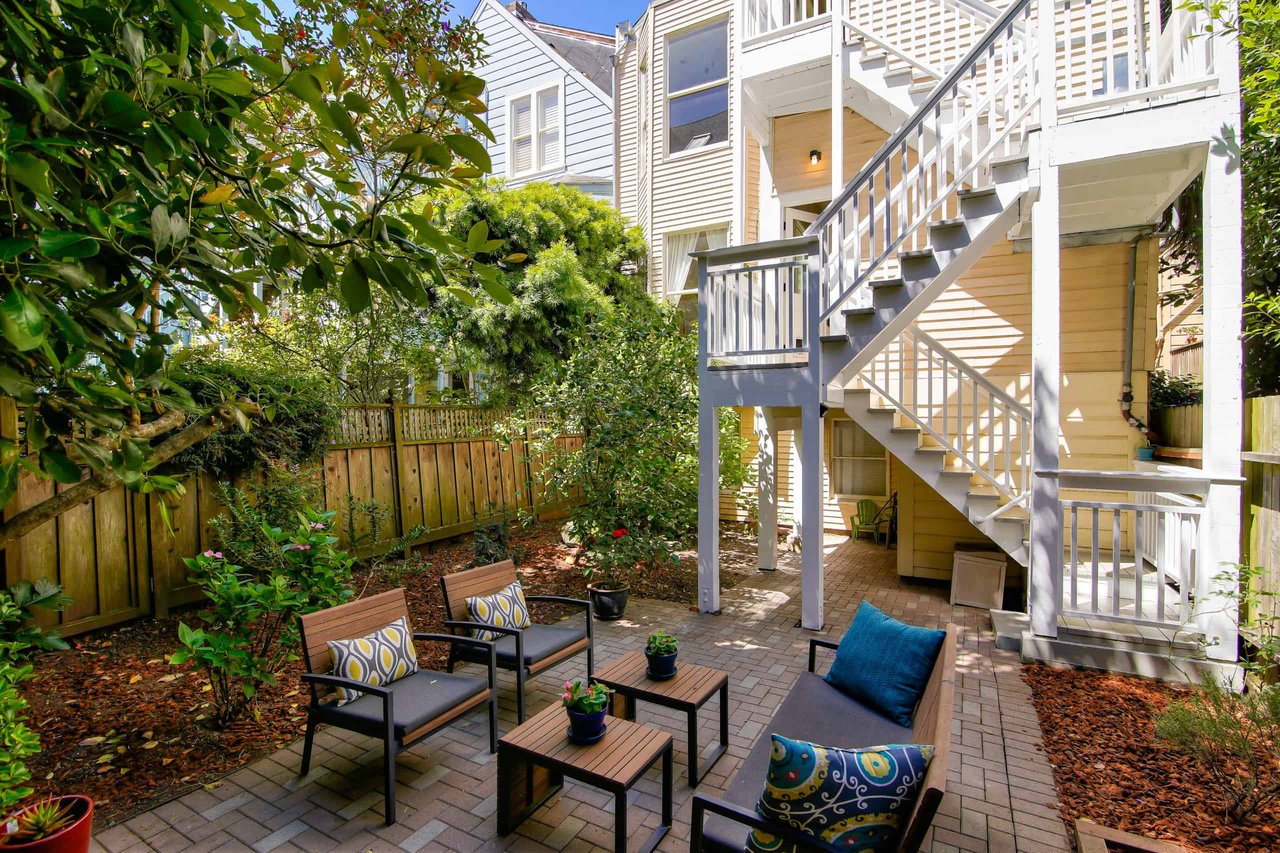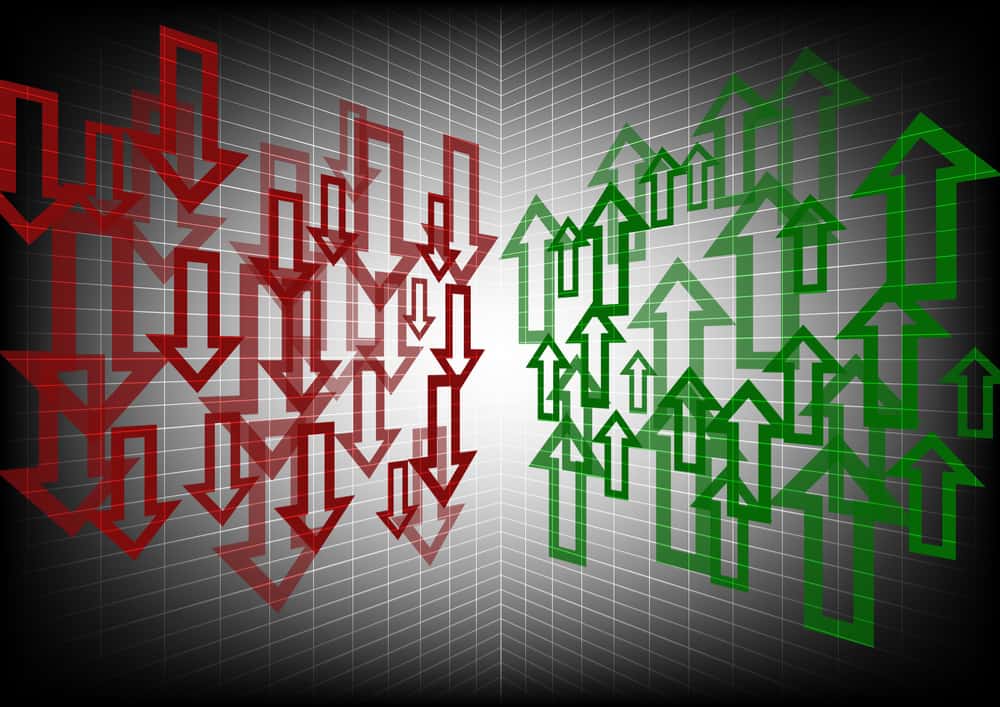East Bay September '24 Real Estate Update Ascend RE
Ascend RE September 24, 2024
East Bay

Ascend RE September 24, 2024
East Bay

In Alameda, home prices haven’t been largely affected by rising mortgage rates after the initial period of price correction from May 2022 to January 2023. Since January 2023, the median single-family home price has increased 23%, while condo prices have trended horizontally, increasing 3%. Year over year, however, the median price was up 27% in August for single-family homes and 32% for condos. Both single-family homes and condo prices peaked in May 2022 and are both 17% below peak currently. Prices are more likely to rise if more sellers come to the market. Inventory is so low that rising supply will only increase prices as buyers are better able to find the best match. More homes must come to the market to get anything close to a healthy market. That said, inventory, sales, and price typically peak in the first half of the year, so we expect contraction across those metrics for the rest of the year. Single-family home inventory is still low enough that it should create price support as supply declines in the second half of the year.
High mortgage rates soften both supply and demand, but home buyers and sellers seemed to tolerate rates near 6% much more than around 7%. Now that rates are declining, sales could get a little boost, but the housing market typically begins to slow as we make our way into fall.
In August, home sales, inventory, and new listings declined slightly, which is normal for this time of year. Compared to this time last year, inventory has increased significantly, up 28%. Sales are up 2% for single-family homes, while condo sales fell 12%. Any amount of increasing inventory is good for the Alameda market. Inventory still has a long way to go before the market begins to become more balanced. When we take a longer look back and compare the supply of homes in August 2019 (pre-pandemic) to now, active listings have decreased by 40%. With that in mind, it should be no surprise that sales have declined by 34%.
Total inventory has trended lower essentially since 2010, but active listings fell precipitously from July 2022 to December 2022, as sales outpaced new listings, before stabilizing to a degree from January 2023 to the present at a depressed level — still 24% lower than two years ago. Low inventory and new listings, coupled with high mortgage rates, have led to a substantial drop in sales and a generally slower housing market. Typically, inventory begins to increase in January or February, peaking in July or August before declining once again from the summer months to the winter. In 2023, sales and inventory didn’t resemble the typical seasonal peaks and valleys. It’s looking like 2024 inventory, sales, and new listings will follow historically seasonal patterns, albeit at a depressed level. It’s clear that supply will remain tight until spring 2025 at the earliest.
Months of Supply Inventory (MSI) quantifies the supply/demand relationship by measuring how many months it would take for all current homes listed on the market to sell at the current rate of sales. The long-term average MSI is around three months in California, which indicates a balanced market. An MSI lower than three indicates that there are more buyers than sellers on the market (meaning it’s a sellers’ market), while a higher MSI indicates there are more sellers than buyers (meaning it’s a buyers’ market). The Alameda housing market tends to favor sellers, which is reflected in its low MSI, especially for single-family homes. MSI has been below three months since July 2012 (2012 is not a typo!) for single-family homes. In 2024, MSI has risen meaningfully for condos. In August, condo MSI indicated a buyers’ market, while single-family home MSI still implied a strong sellers’ market.
Quick Take:
In Contra Costa, home prices haven’t been largely affected by rising mortgage rates after the initial period of price correction from May 2022 to January 2023. Since January 2023, the median single-family home price has increased 15%, while condo prices have risen 11%. Year over year, however, the median price was down 0.2% for single-family homes and 5% for condos. Single-family home prices peaked in May 2021, and condo prices peaked in May 2023; they are currently at 16% and 13% below peak, respectively. Prices are more likely to rise if more sellers come to the market. Inventory is so low that rising supply will only increase prices as buyers are better able to find the best match. More homes must come to the market to get anything close to a healthy market. That said, inventory, sales, and price typically peak in the first half of the year, so we expect contraction across those metrics for the rest of the year. Inventory is still low enough that it should create price support as supply declines in the second half of the year.
High mortgage rates soften both supply and demand, but home buyers and sellers seemed to tolerate rates near 6% much more than around 7%. Now that rates are declining, sales could get a little boost, but the housing market typically begins to slow as we make our way into fall.
In August, inventory and new listings declined, which is normal for this time of year, while home sales rose. Compared to this time last year, inventory has increased significantly, up 31%. Sales are up 3% for single-family homes, but condo sales declined 4%. Any amount of increasing inventory is good for the Contra Costa market. Inventory still has a long way to go before the market begins to become more balanced. When we take a longer look back and compare the supply of homes in August 2019 (pre-pandemic) to now, active listings have decreased by 43%. With that in mind, it should be no surprise that sales have declined by 35%.
Total inventory has trended lower essentially since 2007, but active listings fell precipitously from July 2022 to December 2022, as sales outpaced new listings, before stabilizing from January 2023 to the present at a depressed level — still 12% lower than two years ago. Low inventory and new listings, coupled with high mortgage rates, have led to a substantial drop in sales and a generally slower housing market. Typically, inventory begins to increase in January or February, peaking in July or August before declining once again from the summer months to the winter. In 2023, sales and inventory didn’t resemble the typical seasonal peaks and valleys. It’s looking like 2024 inventory, sales, and new listings will follow historically seasonal patterns, albeit at a depressed level. It’s clear that supply will remain tight until spring 2025 at the earliest.
Months of Supply Inventory (MSI) quantifies the supply/demand relationship by measuring how many months it would take for all current homes listed on the market to sell at the current rate of sales. The long-term average MSI is around three months in California, which indicates a balanced market. An MSI lower than three indicates that there are more buyers than sellers on the market (meaning it’s a sellers’ market), while a higher MSI indicates there are more sellers than buyers (meaning it’s a buyers’ market). The Contra Costa housing market tends to favor sellers, which is reflected in its low MSI, especially for single-family homes. MSI has been below three months since October 2014 (2014 is not a typo!) for single-family homes. In 2024, MSI has risen meaningfully for single-family homes and condos. In August, condo MSI indicated a balanced market, while single-family home MSI still implied a strong sellers’ market.
We are in the midst of the very fast and furious Fall market. But we can expect a slow down in the next couple of weeks as we near the holiday season. Though it may be hard to believe, if you had plans to sell in 2024, it’s more realistic to wait until Spring 2025 to place your home on the market. For buyers, getting pre-approved can be fast, and there are still about 7 more weeks of the Fall Market. Please feel free to reach out at any time for guidance on buying or selling your home.
Recent
Browse our blog posts to be in the know.

Provided Courtesy of Ascend Real Estate

Provided Courtesy of Ascend Real Estate

Provided courtesy of Ascend Real Estate



Welcome to our September newsletter, where we’ll discuss residential real estate trends in the East Bay and across the nation. This month, we’ll examine the state of t… Read more





The Big Story What to expect when you’re expecting inflation Quick Take: The number of homes sold in 2021 is set to be one of the highest on record. Inflation reached … Read more



Welcome to our September newsletter, where we’ll discuss residential real estate trends in Silicon Valley and across the nation. This month, we’ll examine the state of… Read more








Welcome to our September newsletter, where we’ll discuss residential real estate trends in San Francisco and across the nation. This month, we’ll examine the state of … Read more


As we end another crazy year, we are very grateful our kids are finally fully vaccinated, and a return to some sense of normalcy is in view. We are especially looking … Read more

















Summer is here, and so are the boozy slushies, all-you-can-eat tacos and double cheeseburgers





The Big Story Where can home prices go from here? Quick Take: Home prices appreciated faster in 2021 than at any other time, even surpassing the 2004–2006 housing bubb… Read more








No doubt 2021 Bay Area housing markets was one of the wildest in recent memory! Our local real estate experts will share their year-end analysis of San Francisco, East… Read more










Welcome, welcome, welcome to 2022. Low inventory here in San Francisco gave us Realtors® a short respite. I took advantage of the slowdown and spent some time tailgati… Read more



Happy Autumn! With all the harvest festivals, this is one of my favorite times of year. My kids love the pick-your-own pumpkin activities, and we look forward to our a… Read more





Welcome to our October newsletter, where we’ll explore residential real estate trends in the East Bay and across the nation. This month, we examine the state of the U.… Read more







Friends and Clients enjoyed our October 23, 2021 event at 1856 15th Street, San Francisco

Welcome to 2022. Low inventory and year end gave us Realtors® a short respite. We took advantage of the slowdown to celebrate the holidays with family. We took the opp… Read more


Welcome to our October newsletter, where we’ll explore residential real estate trends in the Greater Bay Area and across the nation. This month, we examine the state o… Read more




With the new year, there are lots of changes but still the same challenges. With this comes anxiety and frustrations. What is for certain is that it’s your family’s jo… Read more




What a difference a year makes. This time last year, for the sake of safety, we sat outside in the pouring rain with our loved ones to celebrate the Asian Lunar New Ye… Read more

Welcome, welcome, welcome to 2022. Low inventory here in San Francisco gave us Realtors® a short respite. We took advantage of the slowdown to celebrate Chanukah as a … Read more

I’m feeling particularly thankful this November. As pumpkins give way to turkey and cornucopia, we are enjoying lots of family time. I am especially looking forward to… Read more

Spring has sprung and the market is feeling a lot luckier!

What does the Spring market have in store for us?


2021 was a challenging year for many of us (myself included). Many of us were waiting for 2022 to push the reset button on many (if not, all) aspects of our lives. … Read more




You’ve got questions and we can’t wait to answer them.